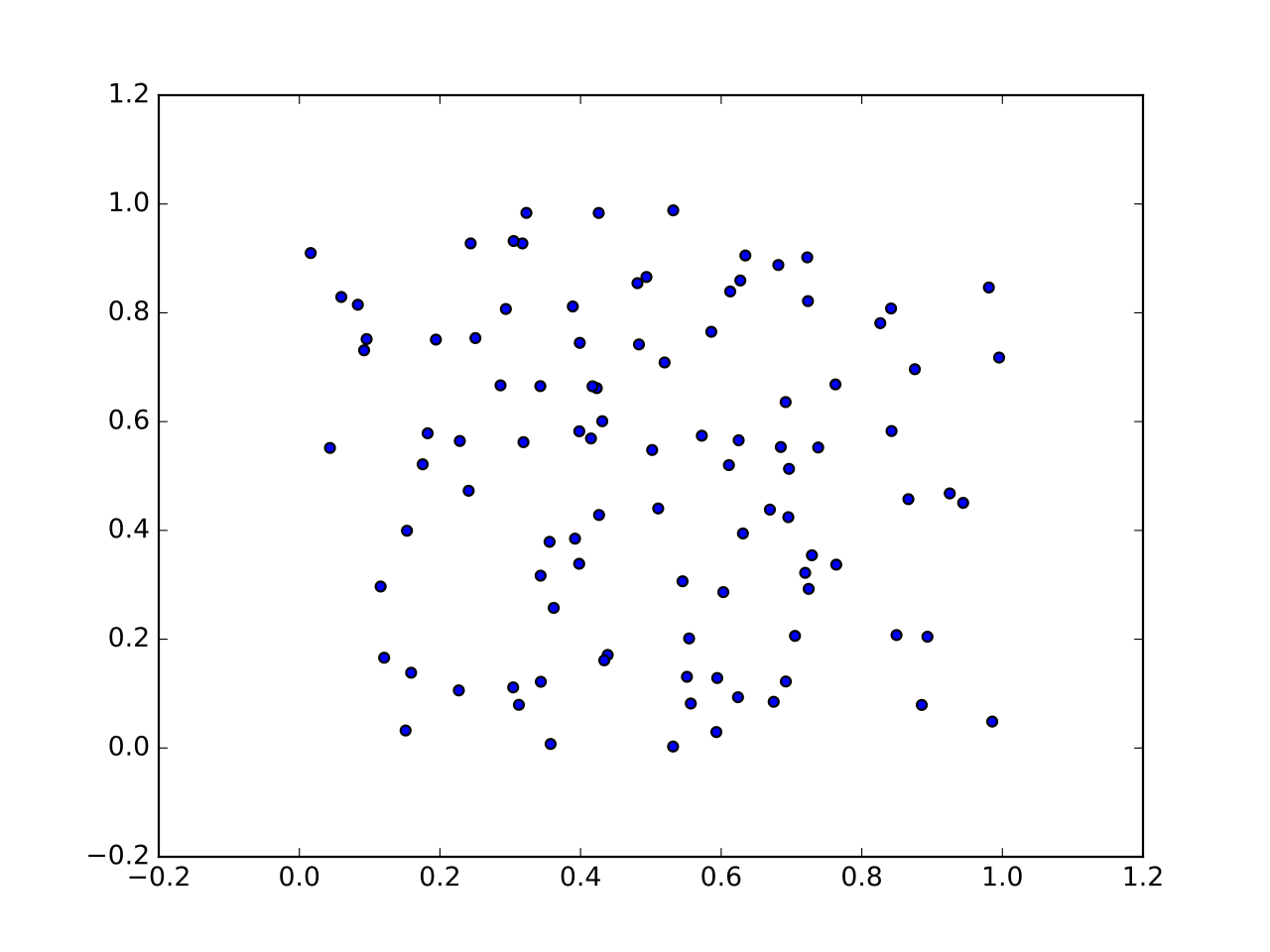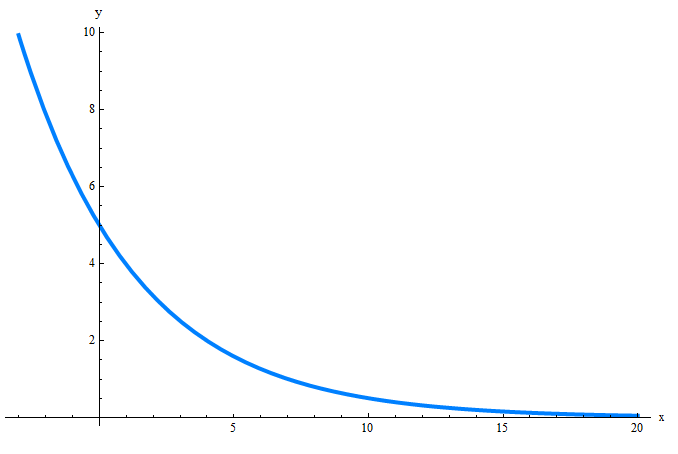Inverse of a Linear Function Calculator
Instructions: Find the inverse function of a linear function you provide. Please type a valid linear equation in the box provided below to find its inverse.
How to use this inverse linear function calculator
The idea of finding the inverse of a function is a very important concept in Algebra. There is formal definition for the inverse function, which takes different forms.
One common way of defining the inverse function to a given function \(y = f(x) \) is that \(f^{-1}(x)\) is the inverse if \(f(f^{-1}(x)) = f^{-1}(f(x)) = x\), for all \(x\) in an appropriate set.
Now, computing the inverse for a function in general is not a necessarily simple algebraic exercise, as it typically involves solving for x starting from the original function \(y = f(x) \), which could be algebraically hard or impossible.
But, when you deal with a linear function of the form \(y = ax + b\), then it becomes a bit more straightforward to solve for x and finally find the inverse.

How do you find the inverse of a linear function?
First, you start with a valid linear function of the form \(y = ax + b\). Your first task is to solve for x:
\[ax = y-b\] \[\Rightarrow x = \frac{y-b}{a}\]Now, the sharp observation you will make is, "what happens if \(a = 0\)", and you will be right about that. There is a problem when \(a = 0\), in which case you cannot solve for \(x\) and there is no inverse.
Indeed, when \(a = 0\) it turns out that the initial function was actually \(f(x) = b\), which is a constant, which is not injective, so there is not way to link images and pre-images uniquely.
But we are all in business if \(a \ne 0\). Now, you replace \(x\) by \(f^{-1}(x)\) and \(y\) by \(x\), and what you have is the actual inverse function:
\[\Rightarrow f^{-1}(x) = \frac{x-b}{a}\]How to use this calculator
The way to find the inverse of a linear function with steps is by simply place a valid linear function of the form \(y = ax + b\).
If you provide a valid linear function, the calculator will show you all the steps needed to arrive to the inverse, and also you get a graph of the original function and its inverse, if the inverse exists.
Note that this calculator works only for linear functions. Computing the inverse of functions that are not linear can be more difficult, and it is not always possible.
Example
Find the inverse function of the following linear function \(y = 3x - 2\).
Answer:
In order to find the inverse function of the provided linear function, the following steps are required.
Step 1 - Solving for x: The first step in finding the inverse of the provided linear equation is to solve for \(x\):
We have been provided with the following equation:
\[\displaystyle y=3x-2\]Putting \(x\) on the left hand side and \(y\) and the constant on the right hand side we get
\[\displaystyle 3x = y + 2\]Now, solving for \(x\), the following is obtained
\[\displaystyle x=\frac{1}{3}y+\frac{2}{3}\]and simplifying all the terms that need simplification, we finally get the following
\[\displaystyle x=\frac{1}{3}y+\frac{2}{3}\]Therefore, based on the equation provided, we conclude that the result of solving for \(x\) from the given equation is \(\displaystyle x=\frac{1}{3}y+\frac{2}{3}\).
Step 2 - Switching the roles of the variables: Now, in order to find the inverse function, we just switch the value of \(y\) by \(x\) and the value of \(x\) by \(f^{-1}(x)\) in the previous equation, which leads to:
\[\displaystyle f^{-1}(x)=\frac{1}{3}x+\frac{2}{3}\]Conclusion: Based on the equation provided, it is found that the inverse of the original linear function \(y=3x-2\) that was passed is \(\displaystyle f^{-1}(x)=\frac{1}{3}x+\frac{2}{3}\).




